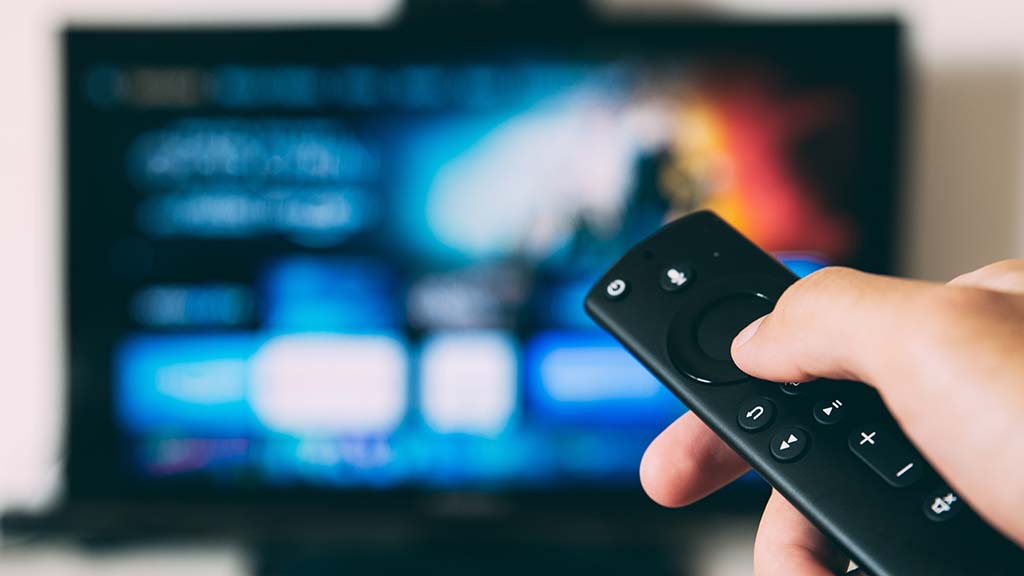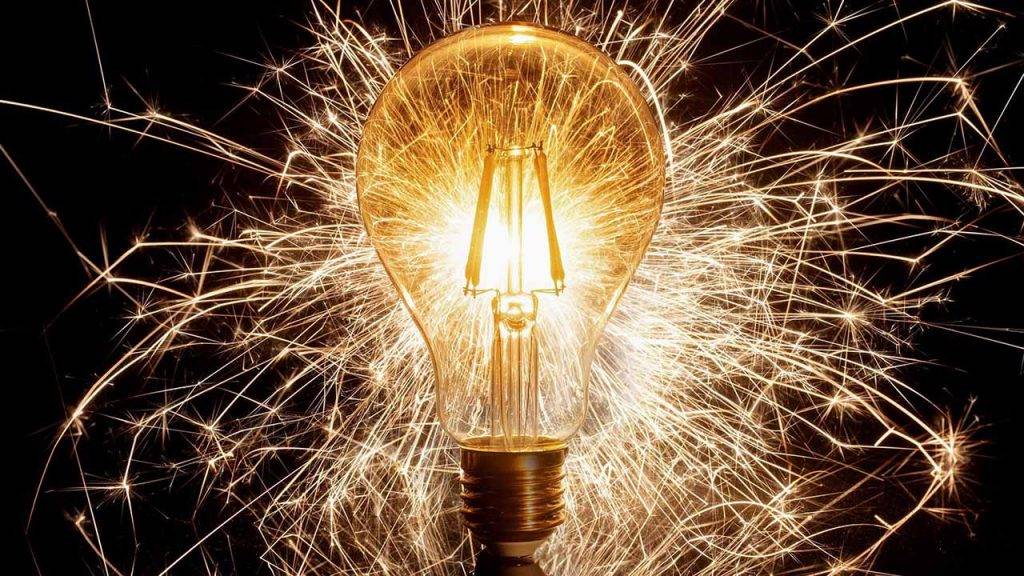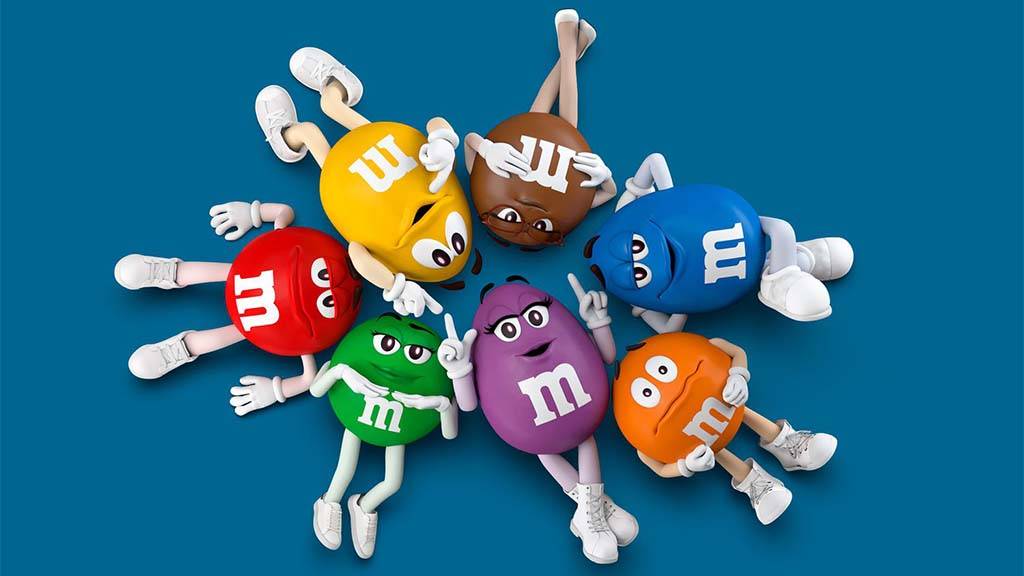Featured Image Source: Glenn Carstens-Peters
I
f you want people to emotionally connect to your content, it is worth investing in animation.
See the main types of animations here. Let’s look at some memorable examples in the TV and Movie industry, and see how it might benefit you in today’s competitive market.
The role of animation in the TV and Movie industry
It’s all about emotions, and how to make it memorable! To create memorable animations is to add details and personality to your animation. Details are the small and subtle elements. The best examples show characters with humour, emotions and traits that you can find in the people in your life.
A great example in a TV commercial: The M&M’s mascots
Chances are, you know exactly who we’re talking about just reading the title. The Mars Company had a strike of genius when they created these colourful guys, trying to survive in a world where they’re irresistible to the human appetite. Fun, adorably goofy or relatably smart, we love following their adventures.
Great examples in short animated movies: Pixar’s Day & Night AND Pixar’s Purl
Pixar’s shorts always illustrate moral lessons with easy, and fantastical stories that always drive the point home. Both these movies from the 2010s explore the themes of accepting others with their differences and the beauty of staying true to yourself. Pixar is a master at inspiring genuine emotions in its viewers.
A great example in a TV show: The dragons in Game of Thrones

Animation offers filmmakers the ability to create limitless worlds and characters, allowing them to tell stories that would be impossible to achieve with live-action alone. For example, the many creatures in HBO’s Game Of Thrones.
A great example in a movie: Moana

Animation pushes the boundaries of storytelling while using strong relatable characters, emotional scenes and endearing growth. For example, Moana the goddess Te Fiti, and Maui the demigod, in the movie Moana.
Why does animation benefit your brand?
Animation has unlimited potential, especially in a world where video is the preferred medium to consume content.
The biggest advantage: it’s cost-effective!
Compared to live-action footage where you have to think of actors, set, equipment, technical crew, schedules, catering,… Animation is cheaper, and less of an organisational nightmare – software, an expert and a good idea are all you need to budget for.
Animation allows for flexibility!
You can bring any concept to life, with context and the right tone. Animation allows for more creativity and flexibility in everything – shot, angle, characters, set. For example, creating characters that move inside a body or recreating the vastness of an army during a war.
Appeals to your viewers’ emotions!
As humans, we love stories. Since the creation of language, telling stories has been a form of entertainment adored by our kind.
Animators have the power to evoke emotions in the audience, such as humour, nostalgia or empathy. They can create characters that feel as real as the people in our lives.
The human brain loves images!
There’s something about moving images that appeal to us. Research has shown that people connect emotionally with animated illustrations because they transport us back to our childhood, a time when we are much more receptive to incoming information. And, our brain get a surge of dopamine when watching cartoons.
On a biological level, we are made to pay attention to moving images more. Thanks to our survival instinct, we see movement before we see anything else. Moving pictures capture our brains.
Promotes your brand identity and consistency!
Neuroscience studies show that when watching the same movies, brains are usually in sync, which makes for a uniform message and reduces misinterpretation. This way, marketers benefit from using complex animation to deliver key messages clearly and creatively. And brand elements can be integrated into a visual campaign when mixing several media together.
Animation is adaptable!
Animated visuals can easily be readjusted. This means that animations originally made for TV or cinema screens can be adapted for other mediums like social media, digital displays, banners or to fit any device. This is also very cost-effective.
To go further…
Video is no longer an option, but a necessity. An animated video is a rich and engaging medium. But the story is only as good as its execution.
The first step to creating memorable animations is to define your style and vision. What kind of animation do you want to make? What is the tone, mood, and message of your story? What are the distinctive elements of your characters, settings, and props? Your style and vision should reflect your creative voice and appeal to your target audience. You can use references, mood boards, sketches, and animatics to develop and refine your style and vision.

Creative genius, talented wordsmith and all-rounder copywriter up for the grabs! If you can’t stand the look of your copy right now, she’ll shape your rambles into the most compelling words.
Marie Rene | LinkedIn



